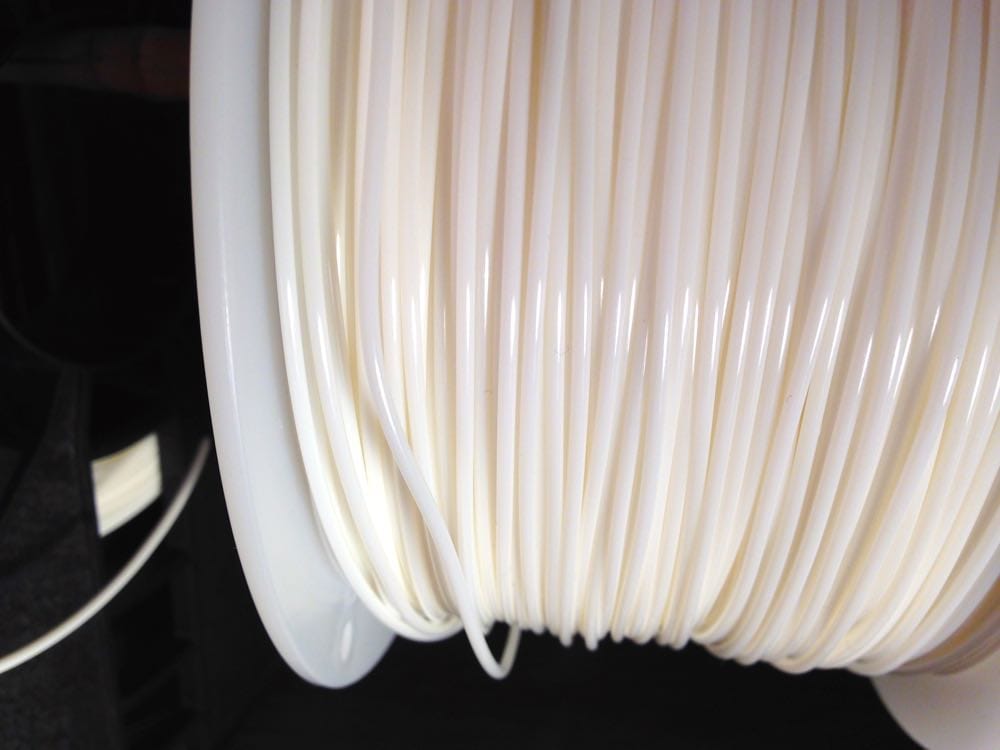
With the dramatic increase of 3D print material availability, the choice of filament becomes far more difficult.
In the prehistoric days of desktop 3D printing, the choice was ABS, then ABS or PLA. Both have advantages and disadvantages, but the choice was mostly binary. And sometimes not even that if your machine could print only PLA.
Nowadays things are much different, with far more capable 3D printers and a vast array of different materials to match. This often leads to confusion when makers step out of the ABS/PLA paradigm to explore other materials. Sometimes this is caused by need.
Recently we received an enquiry from a reader who wrote:
I need a filament that prints like pla but can withstand direct sun and uv. I need it for single wall prints for RC airplanes.
A very good question. This reader is clearly far beyond the “printing plastic dragons” phase and is attempting to apply 3D printing technology to a specific application, RC airplanes.
This space has particular requirements, some of which are described as UV resistance and single wall prints. But I’d suggest there may be other desirable engineering properties as well here, including impact strength and more.
The answer might be ASA, PC or PETG material, but there’s more to the story, as filament suppliers are making even more complex products. You’ll now find “high strength” PLA, for example. Is it really PLA or is it a different material? For engineering purposes it is a different material, and thus your search for the right materials can be a lot more complex than you might have thought.
One good resource for finding filament options is the Filament Directory, a Belgian operation that provides a searchable online database of currently known filament materials. This is quite an ambitious project as the materials change constantly among vendors, and sometimes they don’t even release all the properties publicly.
As of this writing, it appears that Filaments Directory holds data on over an incredible 9,500 different filaments, many of which should be available for purchase somewhere. The site offers the possibility of filtering your search based on a number of characteristics they call “superpowers”, like “Flexibility”, light performance, metallic or organic base materials, electrical or other properties. Unfortunately, they do not seem to have a filter specifically for “UV Resistance”. Or for temperature resistance for that matter.
For those capabilities you simply have to filter by the correct material, which generally holds the same basic properties regardless of things like color or embedded composite materials.
Filaments Directory makes life a bit easier in this increasingly complex 3D print world of materials.

